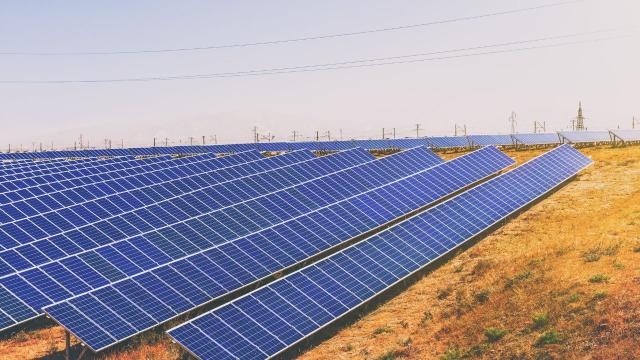The CSIRO’s annual GenCost report has found that renewables remain the cheapest new-build electricity generation option in Australia.
Energy has been a massive topic recently in Australia, from energy providers telling their customers to go elsewhere to AEMO suspending the National Energy Market (NEM), all in response to dramatic price increases.
The GenCost report, which is developed in collaboration between CSIRO, AEMO and industry members, found that onshore wind and PV solar are the cheapest sources of electricity generation and storage in Australia, “even when considering additional integration costs arising due to the variable output of renewables, such as energy storage and transmission”.
“Australia’s energy sector faces a number of unique challenges as we navigate the transition to net zero emissions,” said Dr Larry Marshall, CSIRO’s chief executive.
“With the world’s largest penetration of rooftop solar, unique critical energy metals, a world class research sector and a highly skilled workforce, Australia can turn our challenges into the immense opportunity of being a global leader in renewable energy.”
Additionally, CSIRO projects that solar and wind energy will get cheaper soon.
“What will be different in the next year is that we will have a confluence of factors impacting project costs,” added Paul Graham, CSIRO’s chief energy economist.
“The war in Ukraine has resulted in fossil energy price inflation which flows through to all parts of the economy through transport and energy costs. We also have tight supply chains that are still recovering.”
According to the report, wind and solar are the cheapest source of electricity on the grid to a factor of between 50 and 90 per cent. CSIRO notes that a 100 per cent renewable grid would also include other renewables, such as green hydrogen, hydropower and biomass.
Additionally, CSIRO notes that, once variable renewables reach 50 per cent share of generation, solar and wind will require additional investment.
“Solar and wind require new transmission connections to access the best resource. Storage, in the form of batteries or pumped hydro, together with existing flexible gas generation ensures that demand can be met reliably from these variable generation sources,” CSIRO adds.
In GenCost, CSIRO also says that its view toward nuclear small modular reactors has not changed, saying that it doesn’t see any prospect of domestic projects this decade, citing commercial immaturity and high cost.
The news also comes as a major renewable energy battery was announced to receive funding from ARENA. AEMO also recently announced that renewable projects should be prioritised in Australia, to strengthen the national energy grid.
Renewables will continue to be essential to Australia’s power grid and the grids of other nations, that’s for sure.
At this point, it’s just a matter of how quickly we get there.
You can find the GenCost report here.
